Google will verify all Android developers by September 2026 in select countries to curb malicious apps.


Questions to inspire discussion.
🚕 Q: How is Tesla’s robo taxi service progressing? A: Tesla’s robo taxi service is already larger than competitors in Austin and the Bay Area, with plans for significant expansion.
Business Model Shifts.
📊 Q: How might Tesla’s business model change with autonomy? A: Tesla may shift to manufacturing cars primarily for their own robo taxi service, rather than selling to individual customers.
🚛 Q: What potential does Tesla see in autonomous semi trucks? A: Tesla believes autonomous semi trucks could unlock trillions in value and shift supply chains from rail to trucking.
📅 Q: How is Tesla’s leasing strategy evolving? A: Tesla is focusing more on shorter leases (1−2 years) and inventory car leases, indicating a move towards a leasing and subscription model.

I had a concept for a new product, AI as a prepaid product. But I was unsure if it would be of interest to the industry that has been focused on the distribution of wireless, gift cards, and related products such as mobile handsets and accessories.
Long story short in the 90’s I was the marketing lead for a prepaid phone card startup. I was a part of the industry for almost a decade, I wrote for articles for the industry publications and was well known for building the phone card company through guerrilla marketing techniques, and developing one of the first electronic distribution systems for prepaid products and services. But I had kind of moved on to fintech and now AI.
So I wanted to test the waters before going crazy and marketing the product.
So I printed some marketing collateral, bought myself a razzle-dazzle new shirt, packed a bag and headed off to Caesars Palace, as I had previously done for so many years. I wanted to share my creation which I had kept in stealth mode until unveiling it at the show. I wanted it to be a complete surprise with no one knowing anything …
(https://open.substack.com/pub/remunerationlabs/p/introducing…Share=true)
I took my new Instant AI product to the prepaid industry to determine if it was there was a product market fit for this new concept I’ve created — And… they loved it!

(鴻海精密工業股份有限公司), doing business as Hon Hai Technology Group (鴻海科技集團) in Taiwan, Foxconn Technology Group (富士康科技集团) in China, and (富士康) internationally, is a Taiwanese multinational electronics contract manufacturer established in 1974 with headquarters in Tucheng District, New Taipei City, Taiwan. In 2023, the company’s annual revenue reached 6.16 trillion New Taiwan dollars (US$ 192,377,640,000 (equivalent to $198,533,892,569 in 2024)) and was ranked 20th in the 2023 Fortune Global 500. It is the world’s largest contract manufacturer of electronics. [ 3 ] While headquartered in Taiwan, the company earns the majority of its revenue from assets in China and is one of the largest employers worldwide. [ 4 ] [ 5 ] Terry Gou is the company founder and former chairman.
Foxconn manufactures electronic products for major American, Canadian, Chinese, Finnish, and Japanese companies. Notable products manufactured by include the BlackBerry, [ 6 ] iPad, [ 7 ] iPhone, iPod, [ 8 ] Kindle, [ 9 ] all Nintendo gaming systems since the GameCube, Nintendo DS models, Sega models, Nokia devices, Cisco products, Sony devices (including most PlayStation gaming consoles), Google Pixel devices, Xiaomi devices, every successor to Microsoft’s Xbox console, [ 10 ] and several CPU sockets, including the TR4 CPU socket on some motherboards. As of 2012, factories manufactured an estimated 40% of all consumer electronics sold worldwide. [ 11 ]
Foxconn named Young Liu its new chairman after the retirement of founder Terry Gou, effective on 1 July 2019. Young Liu was the special assistant to former chairman Terry Gou and the head of business group S (semiconductor). Analysts said the handover signals the company’s future direction, underscoring the importance of semiconductors, together with technologies like artificial intelligence, robotics, and autonomous driving, after’s traditional major business of smartphone assembly has matured. [ 12 ].
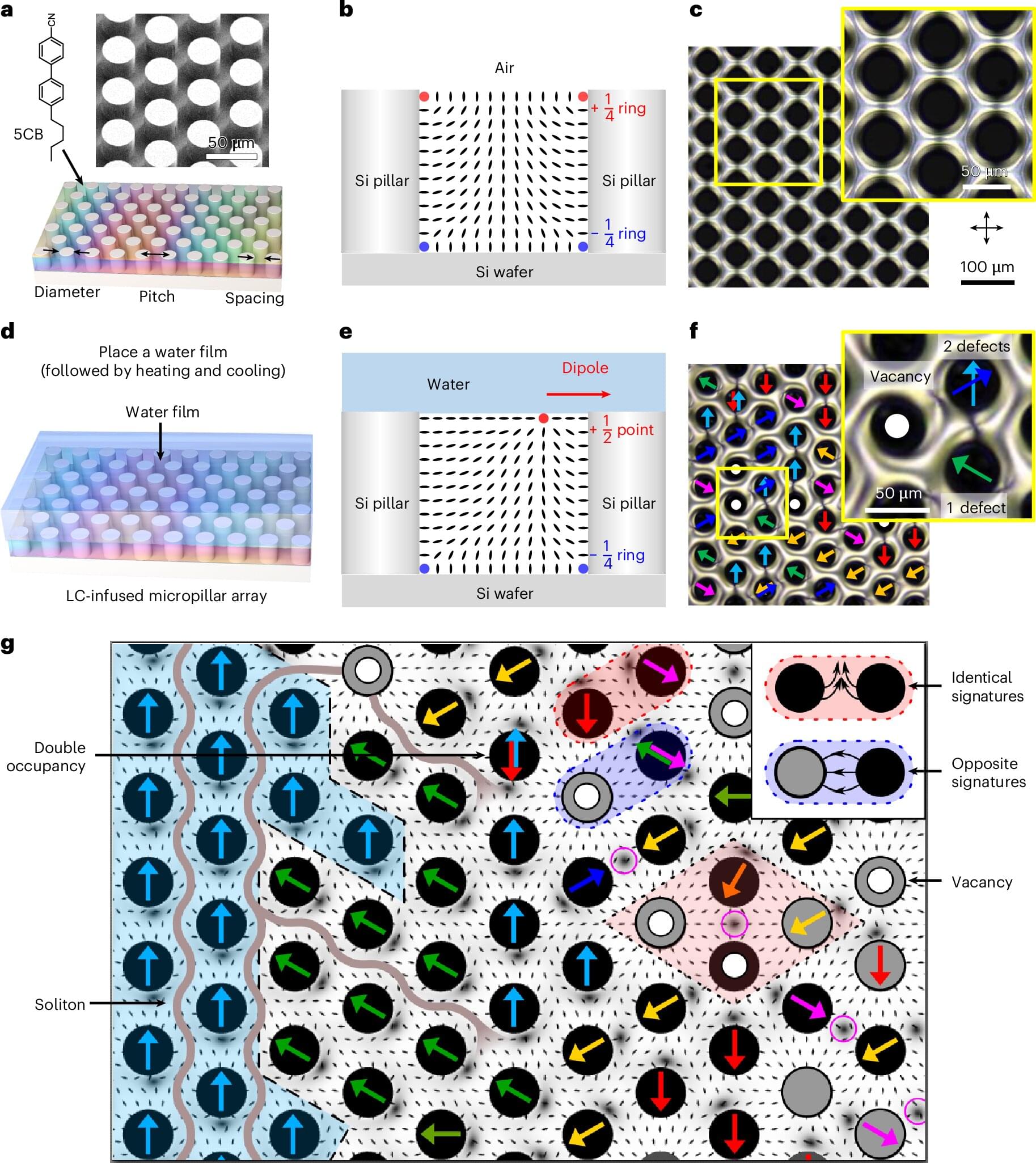
Researchers have developed a novel way for liquid crystals to retain information about their movement. Using this method could advance technologies like memory devices and sensors, as well as pave the way to future soft materials that are both smart and flexible.
Liquid crystals, which are used in liquid crystal display (LCD) screens for TVs and phones, contain molecules that mimic the properties of both liquids and solids, giving them unique properties. While soft materials like liquids, gels and polymers have been widely used for their easy-to-process structures and lightweight properties, they tend to deform easily and often require replacement.
Everyday materials are made of molecules that align themselves in preferred directions. But liquid crystals could become much more useful if their molecules are all facing in one direction—obtaining what is called polar order.
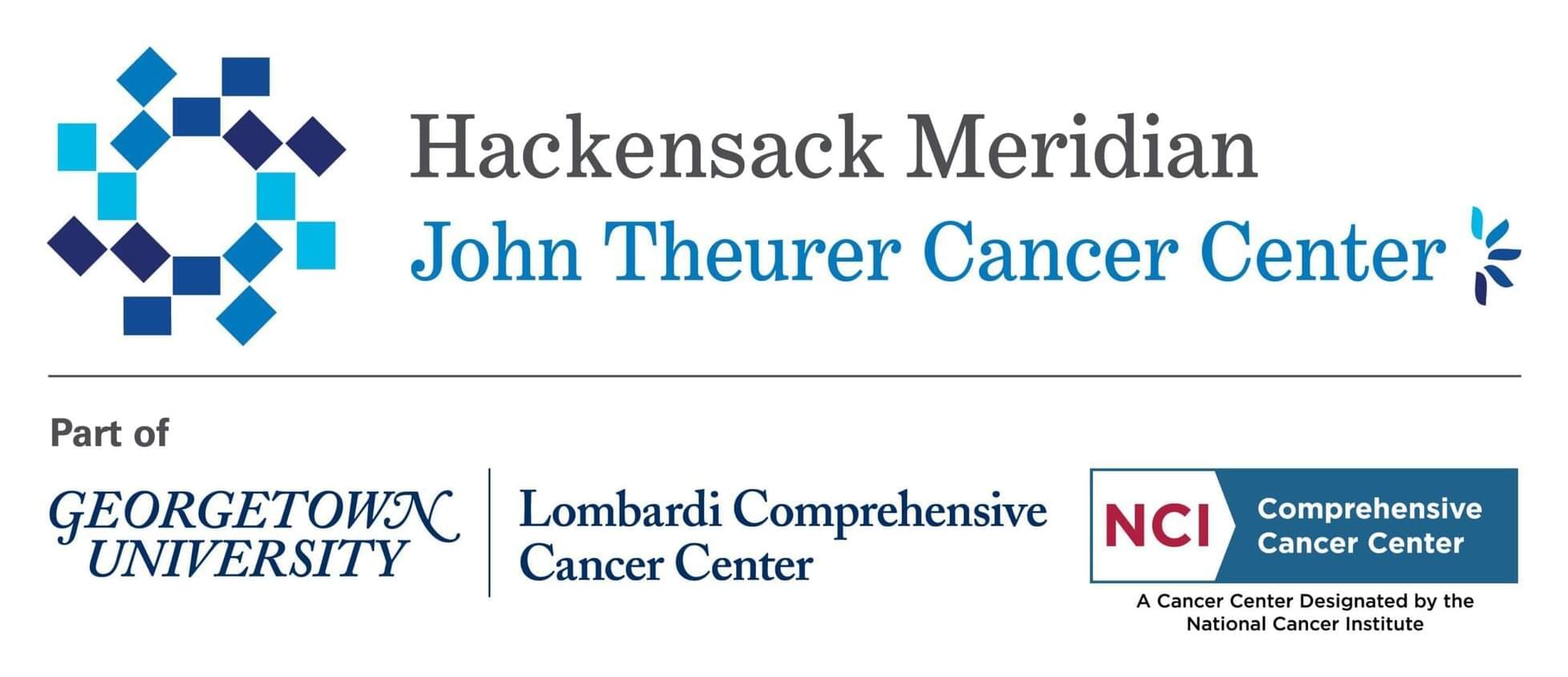
Georgetown Lombardi, Washington’s only National Cancer Institute-designated Comprehensive Cancer Center, serves as the research engine for MedStar Health, Georgetown University’s clinical partner. Georgetown Lombardi is also an NCI-recognized research consortium with John Theurer Cancer Center of Hackensack Meridian Health in Bergen County, New Jersey.
They have a blog with alot of useful cancer information you can share. There is info about them circulating about cancer vaccines and clinical trials. Check em out:
(You can repost their posts or contact them to recieve information from them directly. Lombardi Comprehensive Cancer Center 3,800 Reservoir Rd. NW Washington D.C. 20,057 Phone: 202−444−2223)
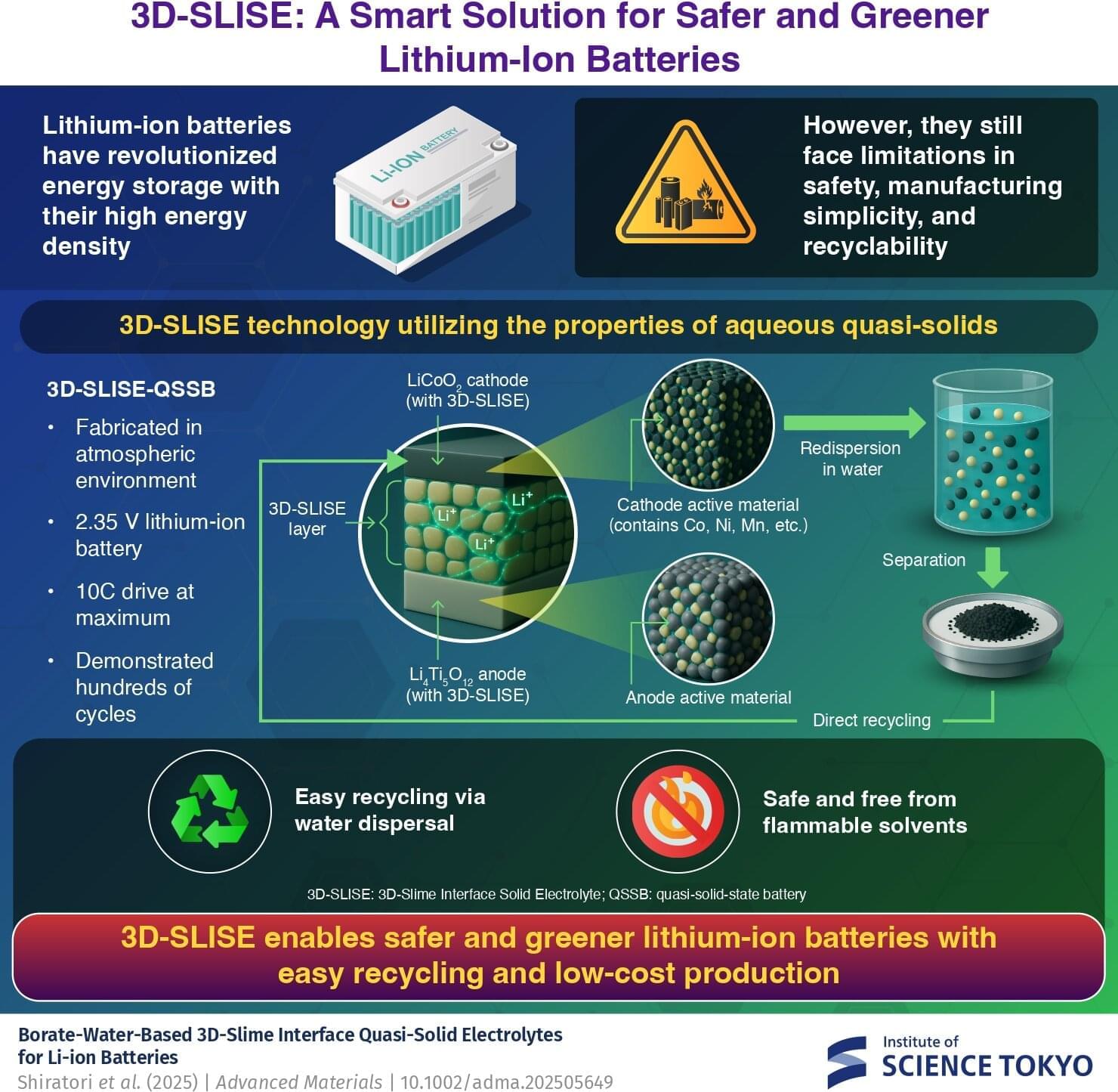
3D-SLISE is a quasi-solid electrolyte developed at the Institute of Science Tokyo, which enables safe, fast-charging/discharging of 2.35 V lithium-ion batteries to be fabricated under ambient conditions. With energy-efficient manufacturing using raw materials free from flammable organic solvents, the technique eliminates the need for dry rooms or high-temperature processing. Moreover, it also allows direct recovery of active materials through water dispersal—ensuring a sustainable, recyclable approach to battery production.
In today’s era of portable power and clean energy, lithium-ion batteries form the backbone of modern technology—powering everything from smartphones to electric vehicles. While demand for lithium-ion batteries continues to grow, so do concerns about their safety, environmental impact, and recyclability. Most lithium-ion batteries that rely on flammable organic solvents are energy-intensive to manufacture, and require complicated recycling processes. These issues not only drive up costs but also pose serious safety and environmental risks —highlighting the need for safer and cleaner alternatives.
To address this challenge, a research team from Institute of Science Tokyo (Science Tokyo), Japan, led by Specially Appointed Professor Yosuke Shiratori and Associate Professor Shintaro Yasui from the Zero-Carbon Energy Research Institute, Science Tokyo, developed a new quasi-solid electrolyte called 3D-Slime Interface Quasi-Solid Electrolyte (3D-SLISE), which can transform battery manufacturing. With a simple borate-water matrix, the electrolyte supports the production of 2.35 V lithium-ion batteries under standard air conditions. The detailed findings of the study were made available in the journal Advanced Materials on July 9, 2025.
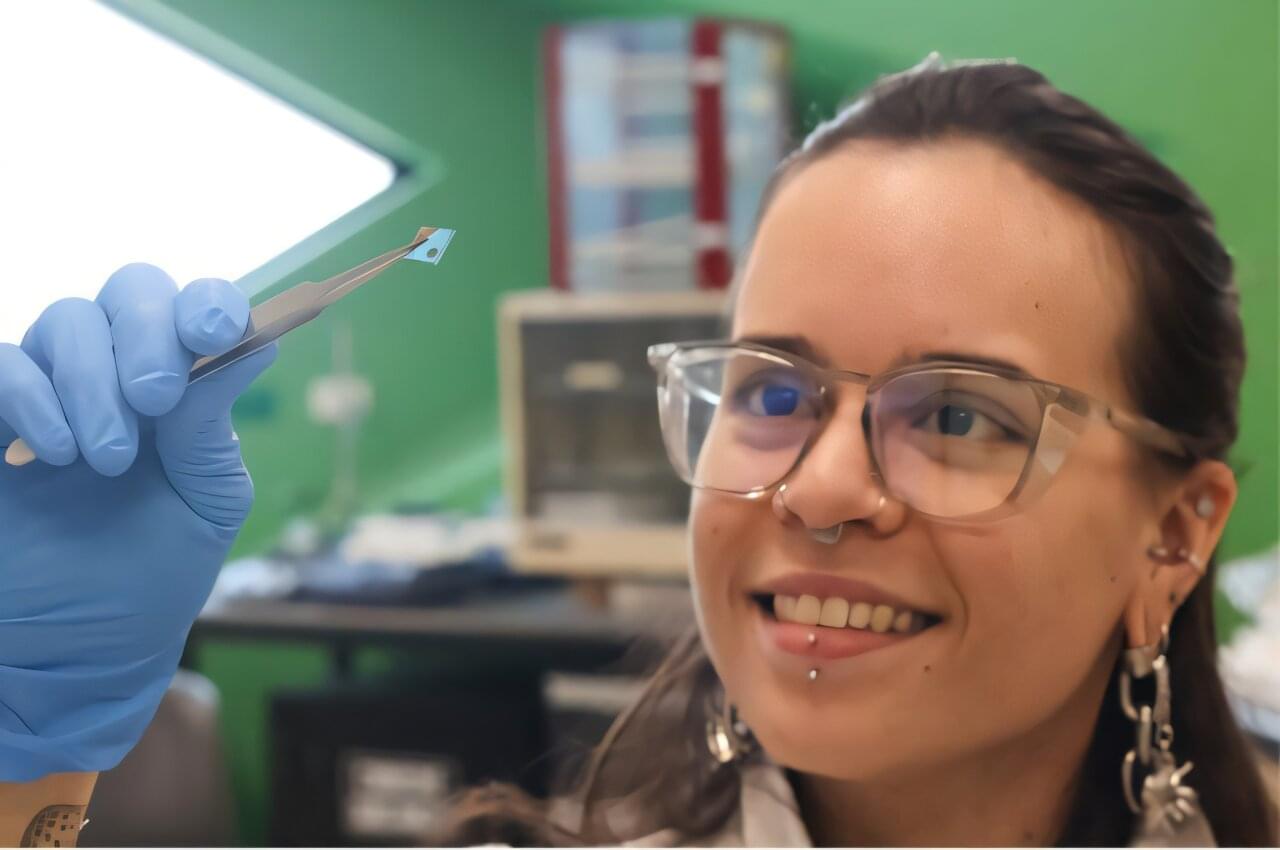
Scientists at La Trobe University have produced a new, powerful electricity-conducting material in research which could revolutionize smartphones and wearable technologies like medical devices.
The new technique uses hyaluronic acid, well known due to its popularity in skincare, applied directly to a gold-plated surface to create a thinner, more durable film, or polymer, used to conduct electricity in devices like biosensors.
Lead researcher Associate Professor Wren Greene said the technique could lead to major improvements in the function, cost and usability of devices like touchscreens and wearable biosensors.
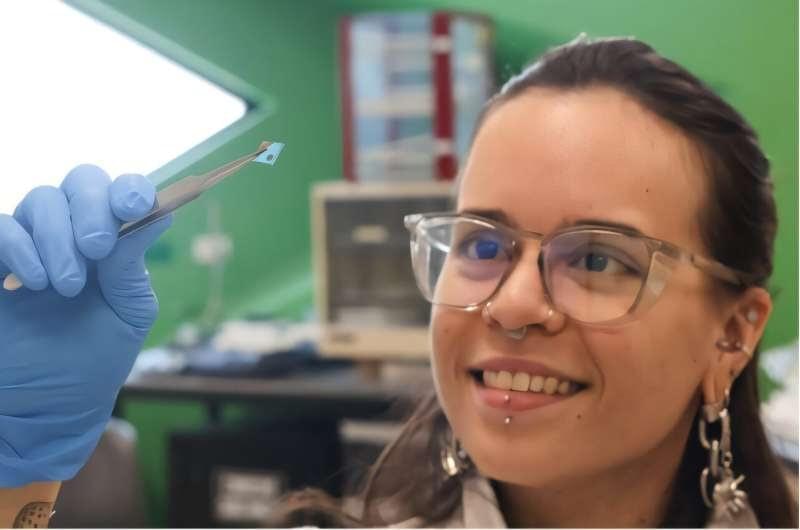
From smartphones and smartwatches to medical biosensors, the demand for thinner, lighter, and more powerful electronic components continues to grow. Now, scientists at La Trobe University have developed a groundbreaking invisible polymer film that conducts electricity as effectively as metals, yet is flexible, durable, and scalable for mass production. This innovation could transform not only consumer electronics but also advanced health monitoring devices and wearable technology.
The Breakthrough: Tethered Dopant Templating
For decades, conductive polymers — synthetic materials capable of carrying an electrical current — have been hailed as a promising alternative to metals in electronics. However, they have struggled to achieve the necessary combination of thinness, transparency, conductivity, and durability required for high-performance devices.
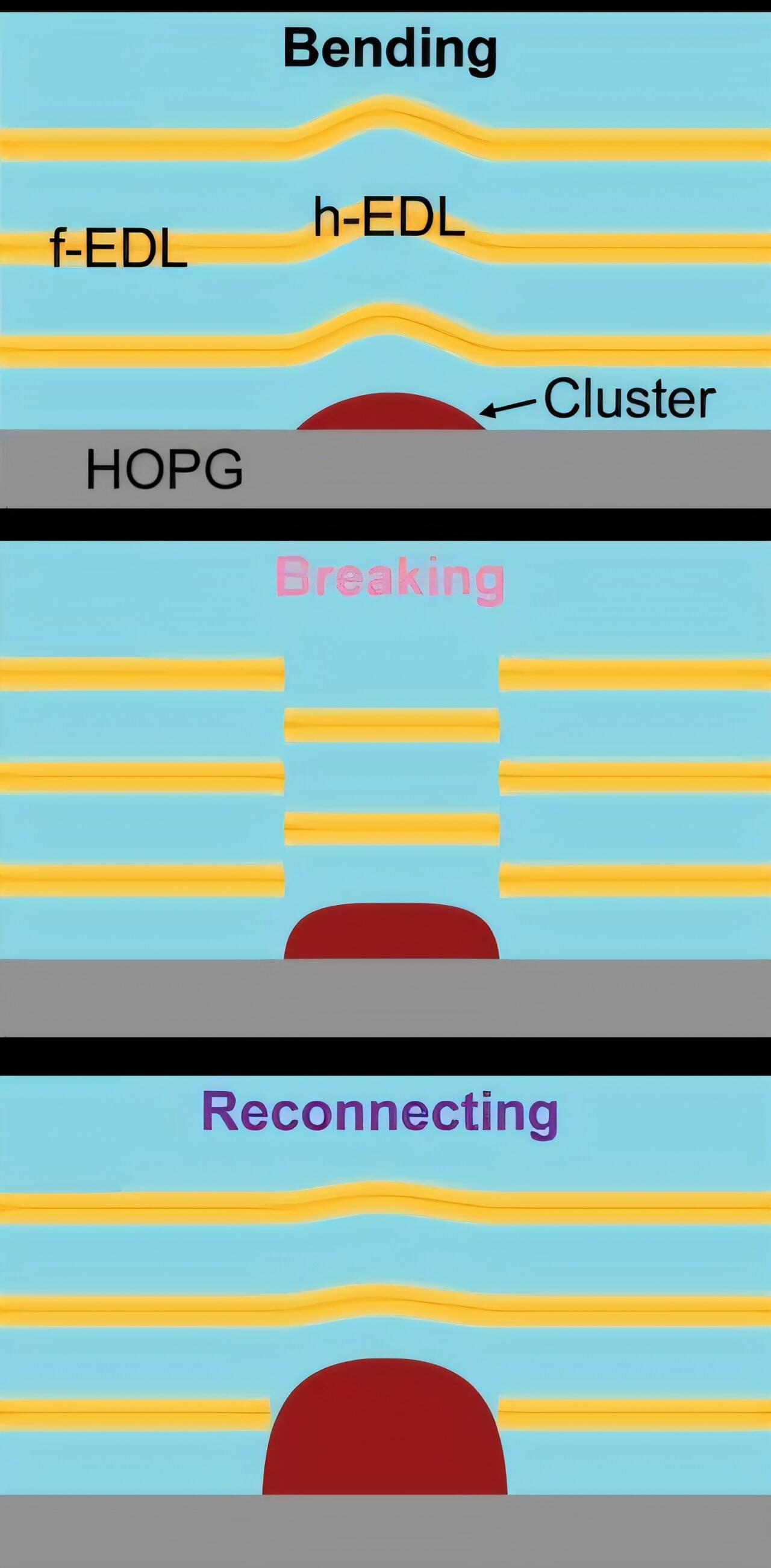
Electrochemical cells—or batteries, as a well-known example—are complex technologies that combine chemistry, physics, materials science and electronics. More than power sources for everything from smartphones to electric vehicles, they remain a strong motivation for scientific inquiry that seeks to fully understand their structure and evolution at the molecular level.
A team led by Yingjie Zhang, a professor of materials science and engineering in The Grainger College of Engineering at the University of Illinois Urbana-Champaign, has completed the first investigation into a widely acknowledged but often overlooked aspect of electrochemical cells: the nonuniformity of the liquid at the solid-liquid interfaces in the cells.
As the researchers report in the Proceedings of the National Academy of Sciences, microscopic imaging revealed that these interfacial structures, called electrical double layers (EDLs), tend to organize into specific configurations in response to chemical deposition on the surface of the solid. The paper is titled “Nucleation at solid–liquid interfaces is accompanied by the reconfiguration of electrical double layers.”